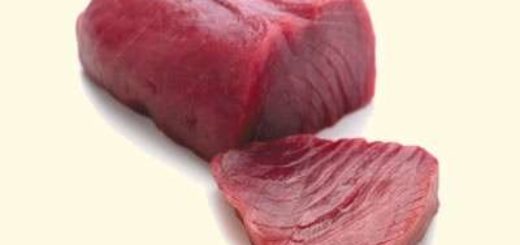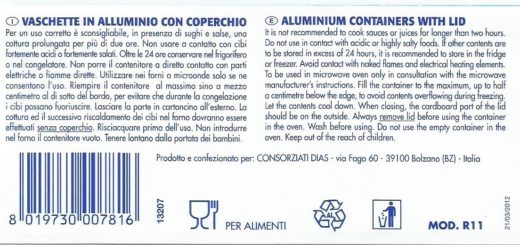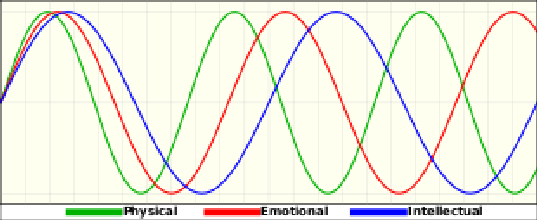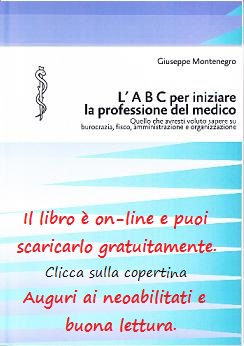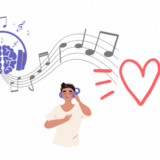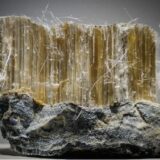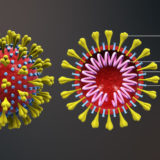Covid-19 e sua origine, 3 indizi sono una prova?

“Un indizio è un indizio, due indizi sono una coincidenza, ma tre indizi fanno una prova” (Agatha Christie).
Ed allora come la mettiamo con gli indizi raccolti dal fisico prof. Roland Wiesendanger sulla “estremamente improbabile” e dunque non impossibile (ancora non certa) origine della pandemia Covid-19?
Il famoso fisico Roland Wiesendanger, che è giunto a questa conclusione valutando la letteratura scientifica, gli articoli su carta stampata e sui media online e la comunicazione personale con colleghi internazionali per il suo studio, ha precisato che non si tratta di prove scientifiche, ma di prove deduttive.
L’esperto di nanoscienze, da parte sua, spiega di aver pubblicato uno studio, di oltre 100 pagine, fondato su 60 indizi, ma di averne raccolti almeno 600 e di conseguenza, sia il numero che la qualità dei dati raccolti suggeriscono un incidente di laboratorio a Wuhan come origine dell’attuale pandemia.
Ecco alcuni indizi.
-
Finora, gli scienziati non hanno trovato alcun animale ospite intermedio che abbia trasmesso l’agente patogeno SARS-CoV-2 dai pipistrelli all’uomo. Inoltre, i virus SARS-CoV-2 potrebbero accoppiarsi “sorprendentemente bene” ai recettori delle cellule umane e penetrare nelle cellule umane”, secondo Wiesendanger, un’indicazione che l’origine del virus non è naturale.
-
La teoria che il virus provenga dai pipistrelli al mercato del pesce di Wuhan è contrastata anche dal fatto che lì non vengono offerti pipistrelli.
-
Allo stesso tempo, l’istituto virologico della città possiede una delle più grandi collezioni al mondo di patogeni di pipistrelli. Esistono anche carenze documentate in materia di sicurezza in laboratorio.
-
I coronavirus sono stati studiati per anni presso l’Istituto di virologia di Wuhan. Si tratta di una ricerca sul “guadagno di funzione”. Gli agenti patogeni innocui vengono manipolati in modo che diventino più pericolosi e aggressivi. Potrebbero essere usati come armi biologiche. I virus vengono manipolati geneticamente anche in altri paesi come l’Australia o gli Stati Uniti. Wiesendanger vuole discutere un divieto di questa ricerca.
-
L’Organizzazione Mondiale della Sanità (OMS) aveva recentemente dichiarato dopo un’indagine di quattro settimane che non era ancora chiaro da dove provenisse il virus e che servono più dati dalla Cina.
La notizia della sua ricerca ha generato un acceso dibattito in tutta la Germania, tra chi, convinto dalle tesi dell’accademico, è tornato a puntare il dito contro la teoria del laboratorio di Wuhan, e chi ha attaccato l’Università di Amburgo a causa di una ricerca non scientifica e lesiva della reputazione del prestigioso istituto.
Oltreoceano, un portavoce del Dipartimento Usa ha dichiarato che il governo statunitense intenderebbe analizzare autonomamente i risultati dell’indagine, affidandosi alle informazioni raccolte dall’intelligence. (insaideover.com)

Quest’opera è distribuita con Licenza Creative Commons Attribuzione – Non commerciale – Condividi allo stesso modo 4.0 Internazionale
Covid-19 and its origin, are 3 clues proof?
“A clue is a clue, two clues are coincidence, but three clues make a proof” (Agatha Christie).
And then how do we put it with the clues collected by the physicist prof. Roland Wiesendanger on the “extremely unlikely” and therefore not impossible (not yet certain) origin of the Covid-19 pandemic?
Renowned physicist Roland Wiesendanger, who came to this conclusion by evaluating scientific literature, articles in print and online media, and personal communication with international colleagues for his study, pointed out that this is not scientific evidence, but of deductive evidence.
The nanoscience expert, for his part, explains that he has published a study, of over 100 pages, based on 60 clues, but that he has collected at least 600 and consequently, both the number and the quality of the data collected suggest an accident of laboratory in Wuhan as the origin of the current pandemic.
Here are some clues.
So far, scientists have not found any intermediate host animals that have transmitted the pathogen SARS-CoV-2 from bats to humans. In addition, SARS-CoV-2 viruses could pair “surprisingly well” to human cell receptors and penetrate human cells, “according to Wiesendanger, an indication that the origin of the virus is not natural.
The theory that the virus came from bats at the Wuhan fish market is also countered by the fact that no bats are offered there.
At the same time, the city’s virological institute has one of the largest collections of bat pathogens in the world. There are also documented deficiencies in laboratory safety.
Coronaviruses have been studied for years at the Wuhan Institute of Virology. It is a research on “gain of function”. Harmless pathogens are manipulated so that they become more dangerous and aggressive. They could be used as biological weapons. Viruses are also genetically manipulated in other countries such as Australia or the United States. Wiesendanger wants to discuss a ban on this research.
The World Health Organization (WHO) recently declared after a four-week investigation that it was still unclear where the virus came from and that more data is needed from China.
The news of his research has generated a heated debate throughout Germany, between those who, convinced by the academic’s theses, have returned to point the finger at the theory of the Wuhan laboratory, and those who have attacked the University of Hamburg for unscientific research which damages the reputation of the prestigious institute.
Overseas, a spokesperson for the US Department said the US government intends to independently analyze the results of the investigation, relying on information gathered by intelligence. (insaideover.com)


